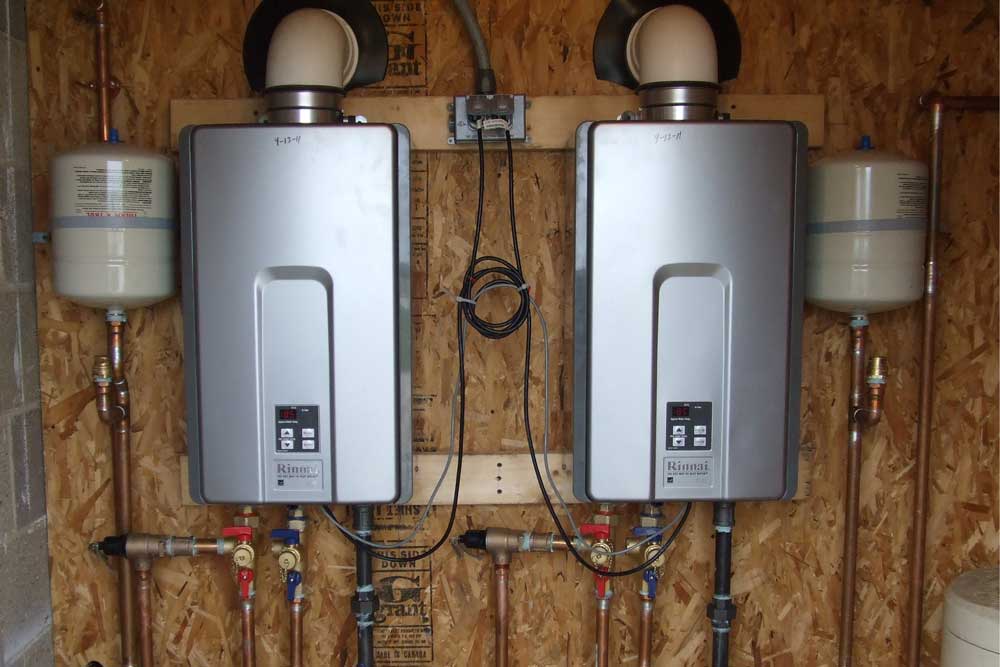Here underneath you will discover more outstanding content around How to Maintain Your Water Heater & Prolong its Life.

Hot water is crucial for day-to-day comfort, whether it's for a revitalizing shower or washing recipes. To ensure your warm water system runs effectively and lasts much longer, routine upkeep is key. This post gives practical tips and insights on how to preserve your home's warm water system to avoid interruptions and expensive fixings.
Intro
Maintaining your home's warm water system could seem difficult, however with a couple of straightforward steps, you can ensure it runs efficiently for years to find. This overview covers every little thing from comprehending your hot water system to do it yourself upkeep ideas and understanding when to employ specialist aid.
Relevance of Keeping Your Warm Water System
Normal upkeep not just prolongs the life expectancy of your hot water system however likewise ensures it runs efficiently. Neglecting maintenance can result in reduced performance, greater power costs, and also premature failure of the system.
Signs Your Hot Water System Requirements Maintenance
Understanding when your warm water system requires interest can stop significant concerns. Keep an eye out for indicators such as irregular water temperature level, strange noises from the heater, or rustic water.
Recognizing Your Warm Water System
Before diving into maintenance jobs, it's handy to understand the basic elements of your hot water system. Normally, this consists of the hot water heater itself, pipelines, anode poles, and temperature controls.
Monthly Maintenance Tasks
Routine regular monthly checks can aid capture small concerns before they escalate.
Flushing the Water Heater
Flushing your water heater removes debris build-up, enhancing effectiveness and extending its life.
Checking and Changing Anode Rods
Anode poles stop rust inside the storage tank. Inspecting and changing them when worn is important.
Examining and Adjusting Temperature Level Settings
Adjusting the temperature setups makes sure ideal performance and safety and security.
Do It Yourself Tips for Upkeep
You can carry out numerous maintenance tasks yourself to keep your hot water system in leading condition.
Checking for Leaks
Routinely inspect pipes and links for leakages, as these can cause water damages and higher bills.
Testing Stress Alleviation Valves
Checking the pressure safety valve guarantees it works properly and avoids excessive stress build-up.
Protecting Pipes
Insulating warm water pipelines decreases heat loss and can save power.
When to Call an Expert
While do it yourself maintenance is valuable, some problems require specialist knowledge.
Complex Problems Requiring Specialist Help
Instances include significant leaks, electric problems, or if your hot water heater is continually underperforming.
Routine Specialist Upkeep Advantages
Expert upkeep can include extensive examinations, tune-ups, and ensuring compliance with safety and security requirements.
Verdict
Regular upkeep of your home's hot water system is vital for efficiency, long life, and cost financial savings. By following these tips and understanding when to look for specialist aid, you can ensure a reputable supply of warm water without unanticipated disturbances.
Water Heater Maintenance Tips
Test the TPR Valve
Shut off the power and the cold-water supply valve. Place a bucket under the pipe connected to the temperature-pressure-release (TPR) valve on the top or side of the tank. (This valve opens if the tank pressure gets too high.) Lift the valve’s tab to let some water out, then let go. If water keeps flowing, drain the tank partway, unscrew the old valve with a pipe wrench, and install a new one. Check the Anode Rod
Put a hose to the tank’s drain cock and let out a few gallons of water. Now fit a 1 1/16-inch socket onto the rod’s hex head on top of the heater (or under its top plate) and unscrew the rod. If it’s less than ½ inch thick or coated with calcium, buy a new one, wrap its threads with Teflon tape, put it back in the tank, and tighten securely. Use this segmented rod if headroom above the tank is limited. Drain the Tank and Wash Out Sediment
Drain the remaining water in the tank into the bucket, then stir up the sediment on the tank’s bottom by briefly opening the cold-water supply valve. Drain and repeat until clean water comes out of the hose. Close the drain cock, refill the tank, and turn its power back on. Adjust the Temperature
Find the temperature dial on the side of the tank and unscrew its cover. Adjust the dial to 120 degrees using a flathead screwdriver. For every 10 degrees the temperature is lowered, you can expect to save up to 5 percent in energy costs. Turn the water heater off or the thermostat down to its lowest setting if you plan to be away from home for more than three days. Insulate the Pipes
Buy some self-sticking 3/8-inch-thick foam pipe insulation that matches the pipes’ diameter. Slide the foam over the hot-and cold-water pipes as far as you can reach. Insulating the cold-water pipe prevents condensation in summer. Peel the tape and squeeze the insulation closed. If the pipe is 6 inches or less from the flue, cover it with 1-inch-thick unfaced fiberglass pipe wrap. https://www.thisoldhouse.com/plumbing/21016402/how-to-maintain-a-water-heater

I'm very occupied with What Kind of Maintenance Do Water Heaters Need? and I hope you enjoyed reading the blog post. Loved our entry? Please share it. Help another person find it. We enjoy reading our article about Tips For Maintaining Your Hot Water Heater.
Request Service